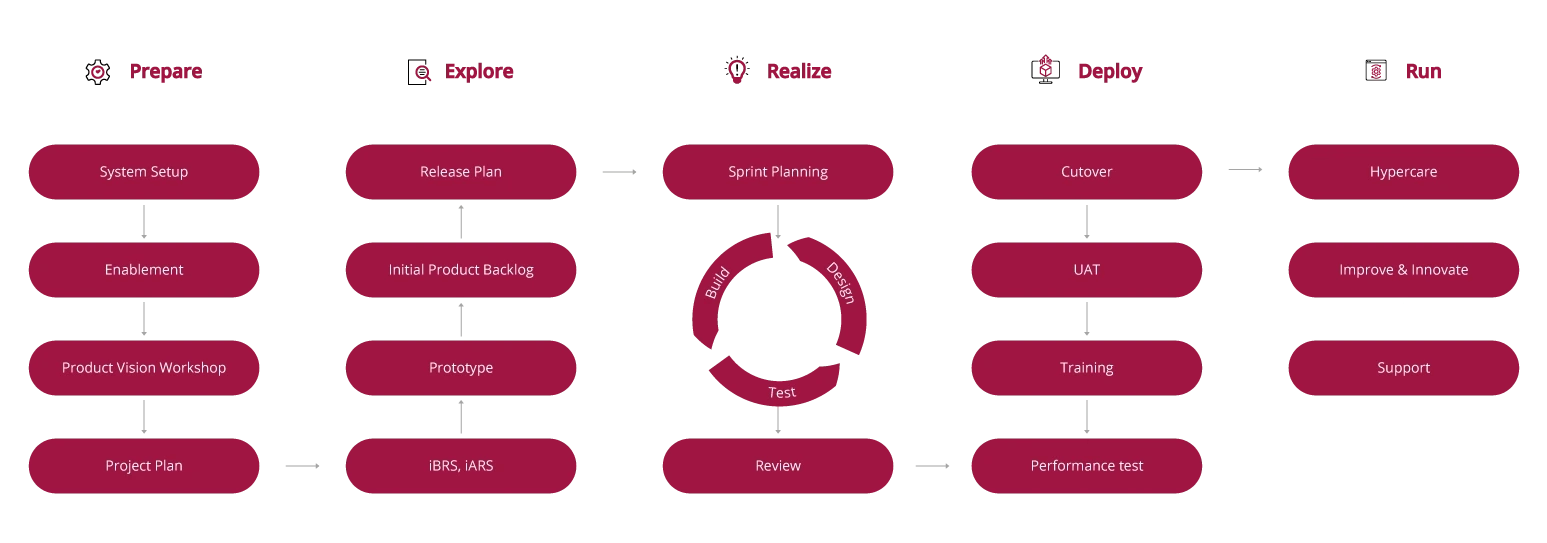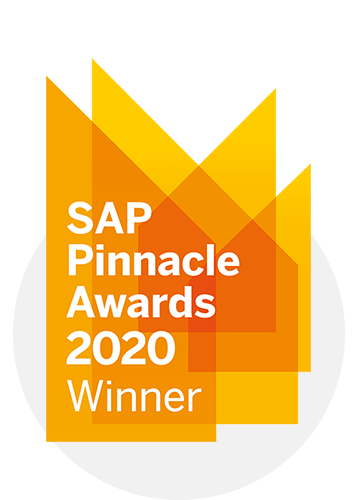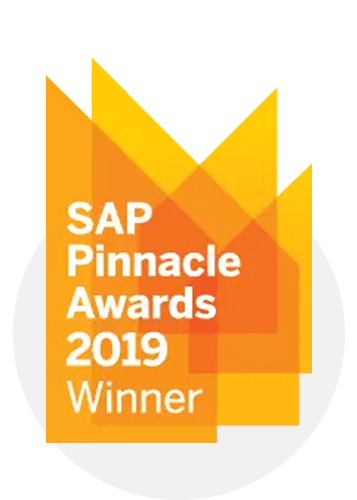Experience
Shapes Our Services
We are a consulting, implementation, and managed services provider that helps companies improve their operational efficiency and decision-making capabilities utilizing SAP® technology and our innovative solution development.
Implementation Services
Discover. Optimize. Achieve.
Unleash the full potential of your data to drive better decision-making, streamline compliance, and enhance financial performance. Our expert team guides you through every step, ensuring seamless integration, efficient processes, and maximized profitability.
Learn by Doing.
Gain Quick Value.
When you take on any implementation you want to make sure to follow a tried and tested approach. One that will lead to success in the quickest way possible. If you haven’t guessed by now – msg global can provide that approach.
Benefits Provided
- Accelerator for ramp up of new projects
- Consistent high quality of delivery using proven templates
- Opportunity to scale up the delivery capability as knowledge is multiplied
Our Approach
- Proven Implementation Methodology
- Deep SAP PaPM Expertise
- Engagement and Clarity in the Process
- Fast Deployment and Scaling
- Learn by Doing for In-House Expertise

Agile
Methodology
Emphasize solutions and requirements through active collaboration among cross-functional teams. Enable faster delivery of value, with enhanced predictability and a heightened ability to adapt to change, making a dynamic and responsive development strategy.
Iterative
Build from requirements, test, evaluate, and refine for continuous improvement.
Cross Functional Teams
One deliverable at a time, building each new iteration on the success of the previous one.
People Centric
True transparency on each iteration with trust among team.
Constant Learning
Shorter sprint cycles enable quicker recognition of unsuccessful approaches, allowing reduced risks, and prompt process improvements.
Focus
The team focuses on one deliverable at a time, building each new iteration on the success of the previous one.
Adaptive Planning
Sprint evaluations lead to adaptions and adjustments in the project's iterative framework.
Automate
A Roadmap for Success.
SAP Activate Phases, tailored for SAP Profitability and Performance Management (PaPM), streamline the implementation process. These adapted phases guide the deployment and optimization of SAP PaPM, ensuring a focused and efficient approach to harnessing its full capabilities for enhanced profitability and performance

We believe SAP provides the best enterprise software to help companies transform data into actionable insights.
Why wait?
Contact us today
We’ll work with you to help you understand all your options and select the solutions that best suit your needs to get your business running the way you want it to run.
What customers say
Performance
We are committed to intelligent IT and industry solutions — from consulting and development to implementation. Our services help companies maximize the opportunities of digitalization to improve operational efficiency and decision-making capabilities.
How can we help?
Contact us today
As a system integrator, software development partner, and managed services provider, our primary goal is to help you realize the strategies that support innovation and digital transformation throughout your operations.









